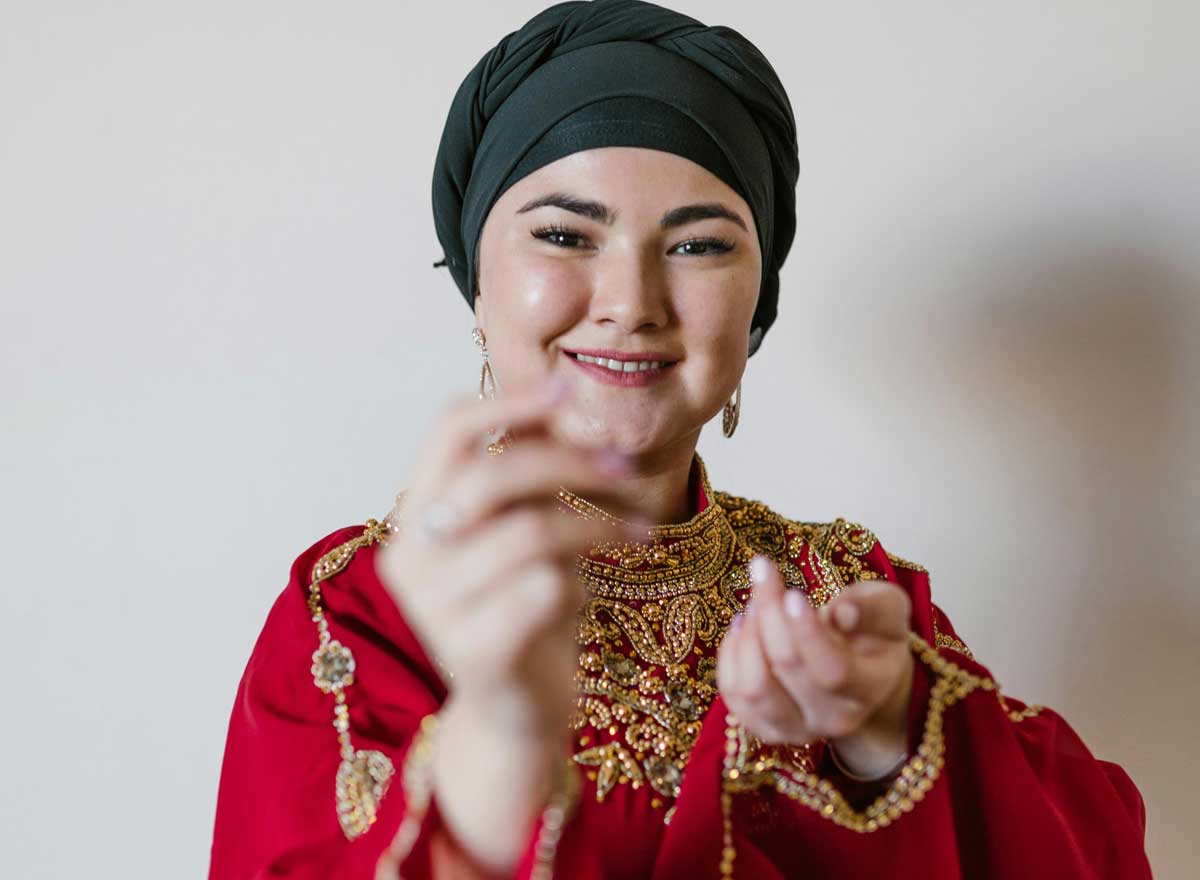New Trends in Muslim Fashion: Blending Modesty with Modernity

The world of Muslim fashion has evolved significantly over the past few years, with an exciting fusion of modesty and modernity shaping new trends. Traditional Islamic clothing has long been a symbol of modesty, with styles like the hijab, abaya, and jilbab offering elegance while maintaining respect for Islamic principles. However, today’s Muslim fashion goes beyond just functionality—it’s a powerful expression of individuality, creativity, and cultural pride. One of the most noticeable trends is the rise of modest streetwear, which combines casual, everyday styles with modest cuts and coverage. Brands are now offering stylish pieces such as oversized sweatshirts, long tunic tops, wide-leg trousers, and sporty dresses—all designed with modesty in mind but with contemporary flair.
The hijab itself has also become a fashion statement, with a wide variety of fabrics, colors, patterns, and styles allowing women to express their personal style. Hijab fashionistas are now pairing vibrant headscarves with statement accessories, experimenting with different wraps, and even using hijabs in innovative ways, such as with athleisure outfits or tailored blazers. High-end designers and modest fashion influencers have begun collaborating to create collections that cater to both modesty and high fashion, proving that modest dressing can be both chic and sophisticated. For example, luxury brands are offering elegant abayas and maxi dresses in rich fabrics like silk and velvet, incorporating bold prints and intricate embellishments.
In addition to women's fashion, modest men's fashion is also making waves, with brands offering long shirts, loose pants, and stylish jackets, all while maintaining modest cuts. The rise of Islamic streetwear, including graphic tees with Islamic themes or quotes, and modest yet trendy sneakers, is allowing young Muslim men to express their faith through fashion, all while adhering to modesty principles.
Another trend gaining popularity is sustainable fashion within the Muslim community. As awareness of environmental issues grows, many Muslim consumers are turning to eco-friendly brands that focus on ethical production practices, using organic materials, and reducing waste. This aligns with the Islamic principle of stewardship over the earth, encouraging modest consumption and ethical choices in clothing.
Ultimately, Muslim fashion today is not about compromising on personal style or modesty. Instead, it reflects a growing movement toward fashion that is inclusive, diverse, and representative of modern Muslim identity. The fashion industry is evolving, and Muslim fashion is now at the forefront, challenging stereotypes and setting new standards for how faith and fashion can coexist harmoniously.
نوشته ای پیدا نشد
نوشتن نظر